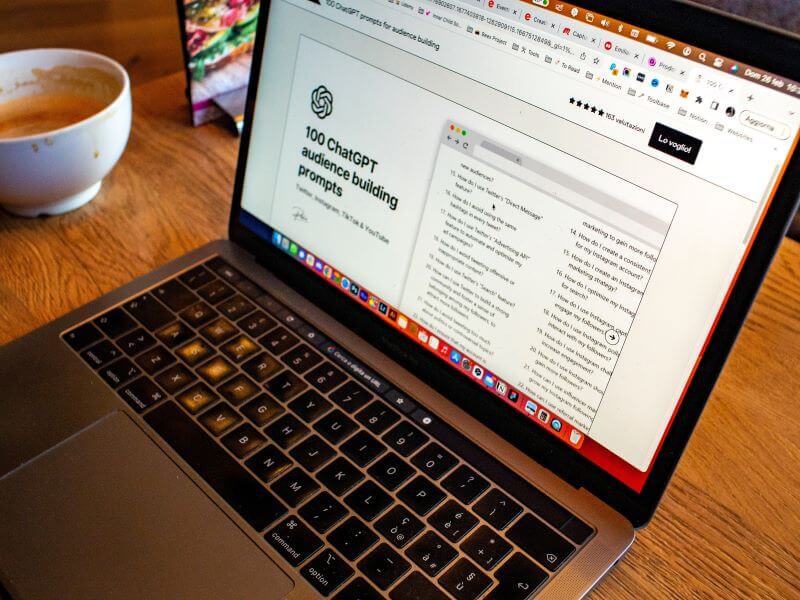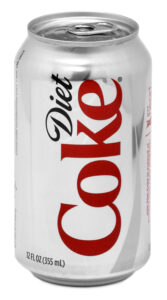Getting older is a part of life.
In some countries and cultures, aging is revered, and the wisdom gleaned from it is anticipated. Elders are looked upon as having answers to life’s questions and experiences that will benefit the next generation.
In the Western part of the world, not so much.
Ageism in the job market is something we all may encounter at some point in our careers. Creating an executive resume that counteracts that bias and showcases your vast experience is critical to continuing to be seen as a leader despite your age.
Let’s talk about that.
LOOKS MATTER
For starters, look at the format of your resume. Is it something that you created back in the 1990’s? An old resume format makes you look… outdated, not keeping up, ancient.
There are hundreds of websites with executive resume samples available to use. We also have done-for-you executive resume templates that you can use to instantly create a modern, stylized resume (shameless plug).
People do judge by looks and if your resume looks old and stale, they may make assumptions that your experience is old and stale as well.
DUMPING GROUND
Have you been adding your job responsibilities to your resume as you went along, with a laundry list of bullet points copied and pasted from job descriptions for the last 30-40 years?
Keep what serves you now and get rid of what doesn’t. If it’s a skill you haven’t used in the last 10-15 years, it doesn’t need to be in your Core Competencies list.
Focus on what you want the reader to know about you now.
EARLY CAREER SUMMARY
If you worked for a well-known company 25 years ago whose name alone will add to your experience, add it to your Early Career Summary.
An Early Career Summary is a great way to leave your information on the resume without it being an actual job, taking up space and looking like a long list of jobs in between. You would add this at the end of your Professional Experience section.
Example:
“Early Career Summary
Began career with Dell Technologies tasked with accountability for new business development and customer relations for direct and channel sales into enterprise accounts. Managed 5 of the top 10 revenue-generating customers in Israel. Consistently exceeded performance targets by an average of 30% annually. Earned 85%+ win rate in a market space dominated by NetApp.”
This is a clever way to keep some of your early experience on the resume without cluttering it with job after job. It is also a great way to minimize ageism (and boredom) on a resume.
LEAD WITH ACCOMPLISHMENTS
When doing a deep dive into an executive resume, I am usually surprised by the accomplishments that are hiding in plain sight.
If you don’t differentiate your daily responsibilities from your accomplishments, you are setting your resume up for failure. If a recruiter doesn’t see your highlights and impact immediately, they may decide not to read any further, especially if they have hundreds to go through.
Separate your accomplishments with a bullet so they stand out and grab the reader.
Example:
- Rebuilt the HR team from the ground up, recruiting diverse talent from within and outside healthcare to help reimagine the partnership/service delivery model, establish credibility/trust with stakeholders, and solidify its value. Aligned HR priorities and initiatives with Giant Health’s overarching business strategy.
Or this:
- Curated a roster of premium manufacturers, cultivating a robust portfolio of solutions to take to market. Primed SG&T for long-term success and sustainability by building deep, strategic relationships with the manufacturers’ C-level executives, establishing credibility and longevity in a sector reputed for high churn/turnover.
Showcasing your most recent high-level accomplishments on the first page will keep the reader’s attention to the present.

TECHNOLOGY & COMMUNICATION
A common misconception is that the older people get, the less they understand technology
Stay ahead of this by staying up-to-date with the technology used in your field. When in doubt, ask a colleague or younger person to teach you. They are always willing to step in and assist.
Use your executive LinkedIn profile as a place to enhance your thought leadership. Comment, like, post, and engage weekly. Recruiters look at your “activity” section to see what you are talking about.
Make sure to stretch your voice there. Comment on the company page and add to the conversation. Seek recommendations and endorsements that highlight your skills, experience, and adaptability.
Today’s workplace is more relaxed and less formal than it was 20-30 years ago. Be sure to adapt your language and communication as well.
ADDRESS AGEISM HEAD-ON (When Appropriate):
Frame your experience as an asset. Discuss proactively with them during interviews how your experience can add value. Stress that you have the potential to mentor younger teams, lead through transitions, and provide strategic insights from long careers.
Describe a time you adapted. Highlight examples where you’ve successfully adapted to change, whether it’s in technology, market shifts, or organizational restructuring.
By taking these steps and embracing your wealth of experience, you’ll minimize the potential for ageism to impact your job search.
///
Tired of trying to DIY your resume? Reach out. We’re happy to help!










